Who Is Rod Emory And What Is An Outlaw Porsche?
A Look At The Emory Tradition Of Outlaws
10/11/2023

A Look At The Emory Tradition Of Outlaws

If you took the train from downtown Stuttgart, Germany, back in the early 1950's, and hopped off in suburban Zuffenhausen, you might have heard the industrious hammering as skilled artisans shaped sheet steel into a racing legacy. Rod Emory has created a shop that loosely resembles the early years of that Zuffenhausen facility, packed to the brim with original 356 Porsche bodies, engines, transmissions, and all the critical components to properly revitalize these classics. But Emory is not in the business of making them just as Dr. Ferry Porsche originally designed. Oh, no. Emory is making them better.
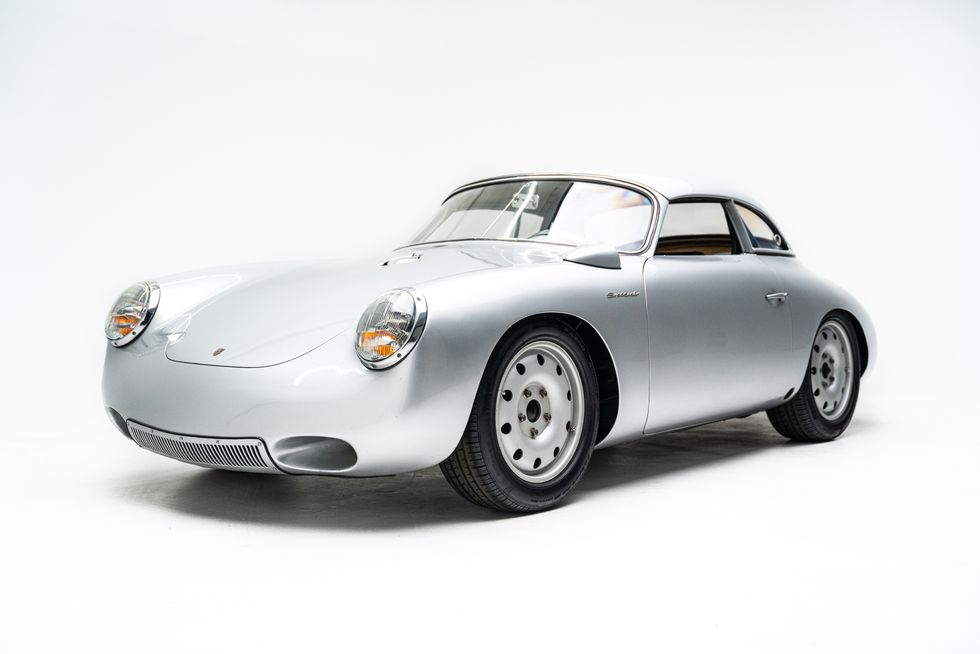
"Our vision is to form these cars into something unique, one-of-a-kind. Hot Rods, of a type," stated Emory. "We have the utmost respect for the Porsche brand. We understand the Porsche legacy and are deeply invested in their classic design cues. We look to build on that original passion creating cars that are more aerodynamic, cooler looking, more comfortable and much quicker than the cars that rolled from the factory so long ago. A lot has happened in the last 70 plus years that we can tap for the good."

It's no small wonder that Emory ended up where he is. His grandfather, Neil, was a well-known hot rodder from the 1940s and ‘50s, his Valley Custom Shop resided less than five miles from Emory's current shop location in North Hollywood, California. That hot rod perspective carried over to Rod's father, Gary, who first worked at Chick Iverson's Porsche dealership and later built the very first Baja Bug while working at his own shop, Parts Obsolete. With family at the core of everything he does today, Rod Emory employs not only his son, Zayne, to help execute the construction of the 15 cars produced by Emory Motorsports every year, but also his daughter, Jayde, who handles the inventory and merchandise, while his wife, Amy, is in charge of the back office.


Photo: Chris Greenwood
A walk around the Emory Motorsports facility is truly a trip back into history, a collection of classic pre-1964 Porsches of all kinds in various states from raw bodies in need of substantial work to show ready cars, draped in cool colors with supple leather interiors and jewel-like gauge clusters. However, the evolution from raw to remarkable does not happen without substantial attention from the boss man himself.

Photo: Chris Greenwood
"Each car receives a lot of my personal time," states Emory. "They aren't making this era of Porsche any more so each body, to get it ready to become an Emory Outlaw, has to be lovingly preserved before we determine what it will look like when complete. For that reason, I take it on myself to be involved in the process as it begins and then work with my team to build out each car."

Photo: Chris Greenwood
While it may seem that donor cars of the type they seek would be hard to find, Emory has a keen ability to find the less-than-stellar examples of the legendary brand. From the start of the 356 production in 1948 though its end in 1964-66, there were roughly 76,000 vehicles produced. That leaves a lot of cars still out there in the field to be found. For the purists in the world, modifying these cars may seem like sacrilege. But when you consider that all of the cars restored by Emory have extensive damage or rust, these cars have really been saved from certain death. Emory's dedication to the brand is building what he believes Porsche could have designed if they created a 356 Porsche for the 21st century.
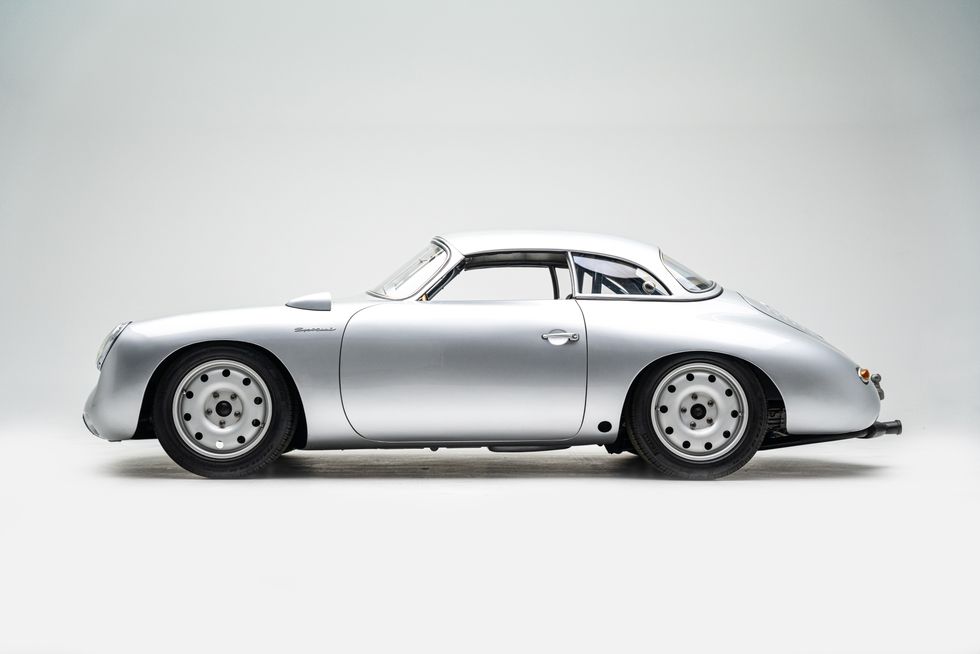
Photo: Chris Greenwood
"We spend a huge amount of time researching, designing and ultimately executing a vehicle that stays true to the Porsche styling," noted Emory. "From my very first Porsche build, a 1953 356 bent-window couple, to the most recent one, we are constantly working to integrate interesting elements from historically significant cars into each unique Emory Outlaw. Such was the case with the Emory Special No. 1, where design cues pay respect to the works cars, but with more modern parts and performance enhancements. The finished car is incredibly reliable. Shortly after it was completed in 1998, I took it on a 5,000-mile tour with my wife and six-month-old son, Zayne, while towing a small camper. That trip provided even more motivation to move forward with Emory Motorsports."
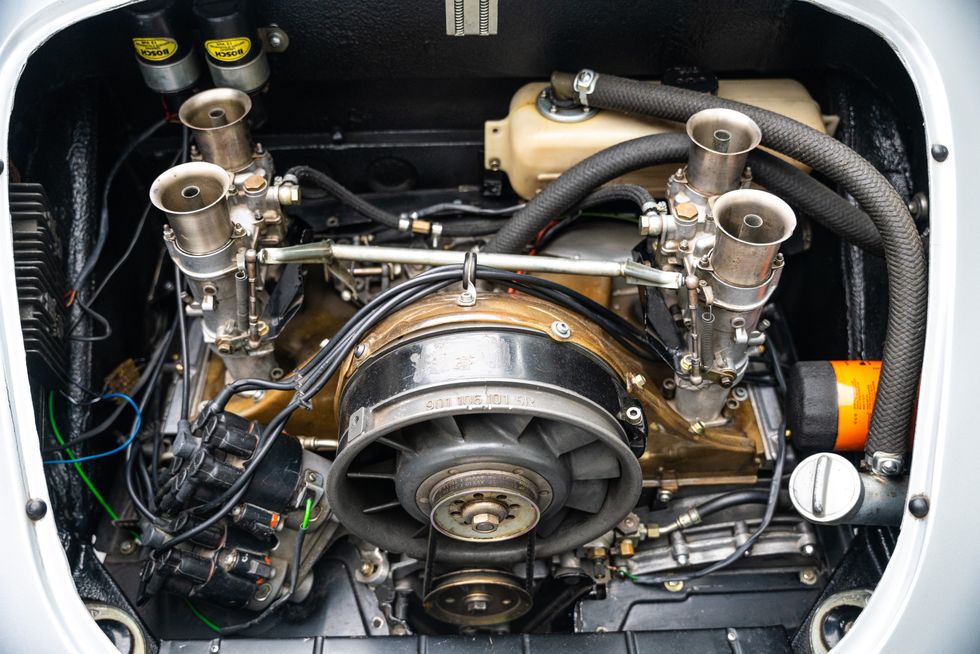
Photo: Chris Greenwood
While it is clear that the final designs of each Emory Outlaw differ subtly from Porsche's design language, the powertrains are what really make these sports cars live up to today's enthusiast's requirements. Emory knew that the car's original performance specifications could be significantly improved upon. For that reason the company has co-developed a more modern 4-cylinder engine for his Outlaw that retains a significant amount of Porsche DNA.

Photo: Chris Greenwood
"We felt that today's owners required a considerably more potent powertrain in their cars despite the fact that they still only weigh 2,000 lbs," stated Emory. "To that end we developed a reliable four-cylinder engine (called the Emory - Rothsport Outlaw-4) based on the flat six-cylinder engine design. Our engines come together at Rothsport's Oregon shop, starting with a sand-cast aluminum split case that is machined to final specs. Then we add a super-strong billet crankshaft, billet cam towers and custom camshafts to a recipe of OE parts that in base form make about 200 horsepower with 180 ft.lbs. of torque."

Photo: Chris Greenwood
While the engine in the original Emory Special is a more sedate 195 horsepower 2.24-liter four-cylinder engine, for those needing more power, Emory Motorsports has a number of different engine configurations on up to a 400-horsepower twin-turbo powerplant. Emory Outlaws use the original Porsche 901 manual transmissions with custom gear sets to provide the ultimate in drivability. While they have installed a few Sportomatic transmissions in special situations, a manual transmission maintains the purist vibe. Their position is that if you can't wheel a manual, these cars are probably not for you.

Photo: Chris Greenwood
While that may sound strangely blunt to some buyers, it is clear that anyone who is drawn to Emory Motorsports is well aware of the amazing craftsmanship and high degree of personal attention Emory gives to each car and each customer. With a four-year backlog of builds, people are clearly willing to wait for mostly period-correct custom Porsche for good reason.
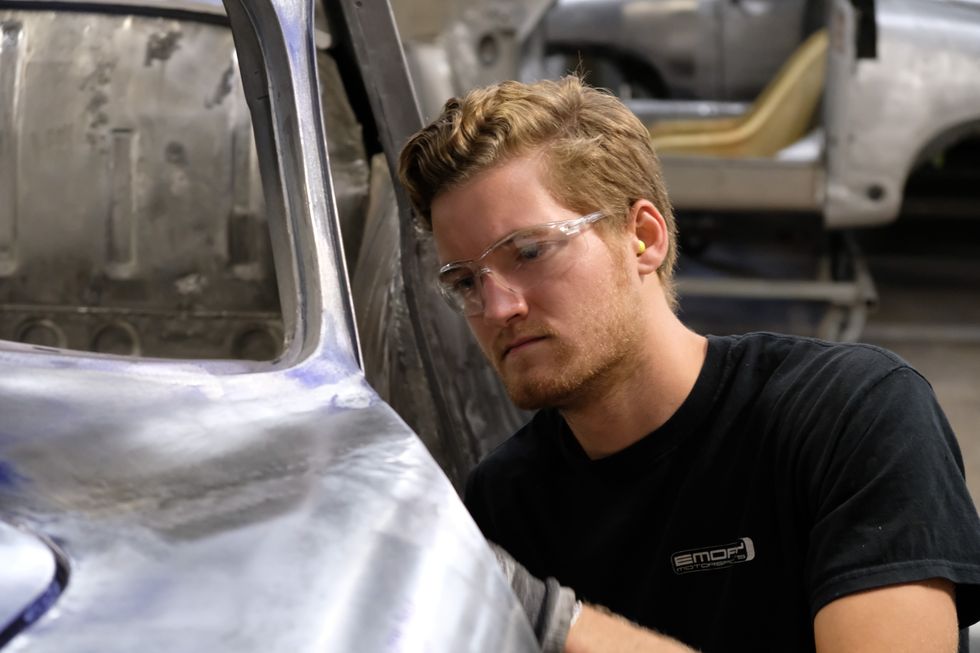
Photo: Chris Greenwood
A walk around the Emory Motorsports facility delivers an interesting contrast of building techniques. The shop is equipped with a host of modern and vintage metal working-machinery, including some of the thunderous hammer presses used daily by Emory metal finishers are nearly 100 years old but are in perfect running order. English wheels, planishing hammers and the like stand ready to massage sheet metal into the exact shape required by the technician.

Photo: Chris Greenwood
In direct contrast is the fact that most of the technicians are younger guys who love what they do and have learned the Emory way through close contact with the man himself. As noted, Emory spends most of his time at the facility working shoulder-to-shoulder with his guys, who are dedicated to delivery of perfection.

Photo: Chris Greenwood
"Our bespoke engines are assembled and dyno'd with our partner in Oregon to our exacting standards," proudly notes Emory. Our cars are painted in a shop near Palm Springs and the final assembly with custom interior happens here in North Hollywood. Everything happens here by design. I know my guys are dedicated to creating the best possible cars. I think it shows in every car we deliver."

Photo: Chris Greenwood

Photo: Chris Greenwood
The Emory Special Cabriolet is the first 356 ‘Special’ built by Rod Emory, created from a seemingly unsalvageable donor 356. It was finished in 1998, just prior to the Monterey Historic Races and was followed by a celebratory cross-country tour on the occasion of Porsche’s 50th anniversary. Every last surface on the exterior has been modified using design cues from Porsche’s competition cars. The interior features race-inspired minimalism with practical refinement. The Emory Special used a “911-4” twin-plug prototype that is a thing of beauty and sound.
Engine:
Transmission:
Brakes:
Suspension:
Body:
Wheels:
Fuel:
Interior:
Weight:
On this episode of Repair2Rev, join us as Riley and Dane share invaluable tips and tricks on tackling one of the most crucial aspects of vehicle maintenance: the brakes. From the essential do's and don'ts to the step-by-step process of replacing and upgrading front disc brakes, you'll learn everything you need to know to keep your ride safe and reliable.
As they move to the rear of the truck they delve into the intricate world of rear drum brake systems, demonstrating the art of rebuilding and restoring this often-overlooked component of classic trucks. And to ensure your truck stops on a dime, they'll wrap up the episode with a comprehensive guide to bleeding the brake system, leaving no stone unturned in their quest for peak performance. Knowledge gained here will help you find your bargain buy without the anxiety of lacking repair tips. Hemmings is the ultimate destination for finding your perfect ride. Head to Hemmings.com to register and start your search today.
The British motor industry is well represented on this week’s round up of successful sales on Hemmings.com. The strongest listing went to an LS V8-powered 1997 Land Rover Defender 110 custom that outperformed the market and looked to be able to well outperform a stock 110. A 1978 Aston Martin AM V8 found a new home via auction, the same fate experienced by a V12-powered 1972 Jaguar XKE Series 3 roadster. The original Jeep Grand Wagoneer was perhaps the first luxury SUV and the 1988 example sold on Hemmings.com featured low-mileage and excellent overall condition. There are few muscle cars are instantly recognizable as a Carousel Red Pontiac GTO Judge, like the 1969 model detailed below. Finally, we look at a restored 1913 Ford Model T Runabout sold from a Canadian-based collection.
For the week of May 12 through May 18, a total of 61 listings crossed the Hemmings Auctions block. Including Make Offer listings of previously ended auctions, a total of 40 cars were sold, resulting in a net 66% sell-through rate. An additional 29 cars were sold via direct Make Offer listings.
You can keep abreast of the latest consignments by subscribing to the daily Hemmings Auctions email newsletter.
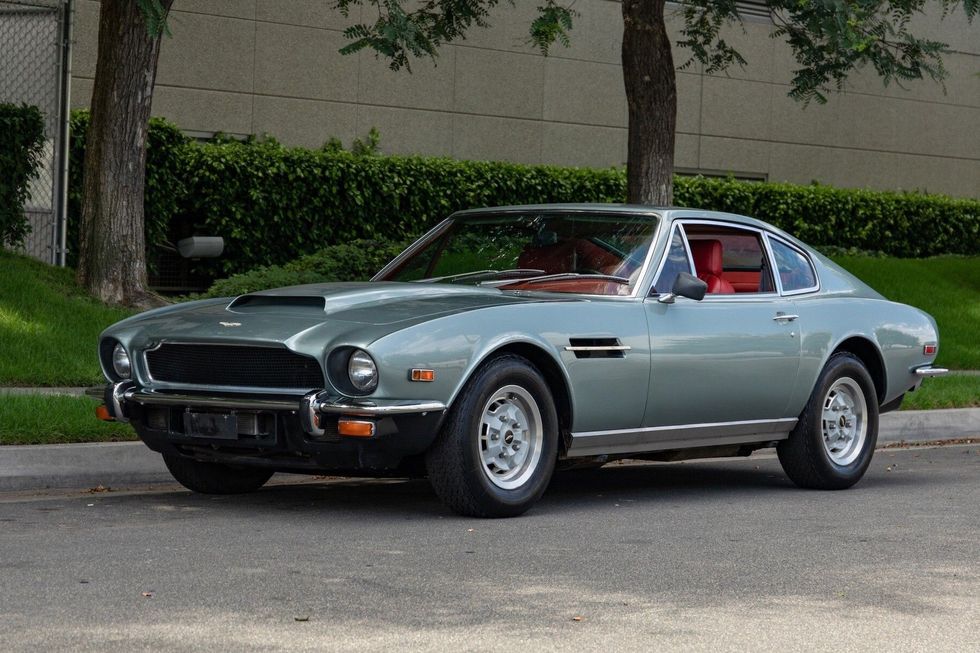
Reserve: $80,000
Selling Price: $84,000
Recent Market Range: $45,000-$80,000
Aston Martin produced some version of its V8-powered saloon from 1969 through 1989, though we are more likely to refer to the body style as a coupe on this side of the Atlantic. A beefy 5.3-liter DOHC V8 with multiple carburetors and a stout Chrysler-sourced TorqueFlite automatic very much gave the models a muscle car vibe, albeit one made with fine leather upholstery and thick wool carpets. This silver on red 1978 Aston Martin AM V8 Series III saloon, which traded hands last year via online auction for $46,988, achieved one of the highest prices seen in recent years for a coupe equipped with a standard-specification engine, particularly outside the U.K., where values are typically stronger.
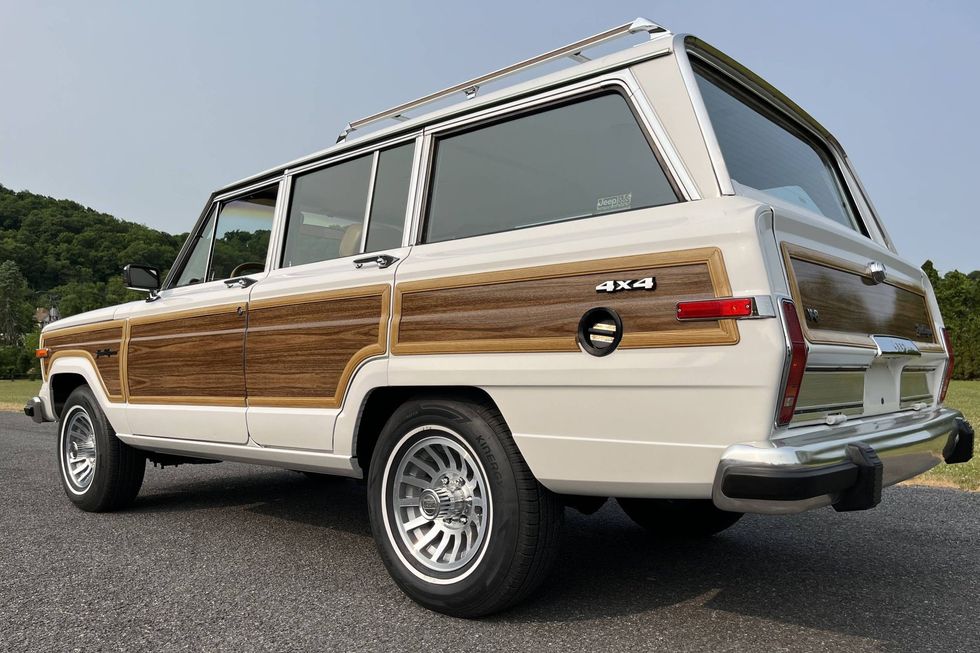
Reserve: $63,000
Selling Price: $68,775
Recent Market Range: $54,000-$75,000
Perhaps no other American vehicle has combined class and off-road capability quite like the original Grand Wagoneer, the trailblazing luxury SUV that was produced by Jeep for almost three decades. This 1988 Jeep Grand Wagoneer was submitted with just 27,417 miles showing on the odometer and plenty of notes from the seller indicating the original condition of the vehicle and all of its major components. The undercarriage, interior and engine bay photos all appeared to show an exceptionally clean example, which is notable for a rust-prone vehicle that has been in the Northeast since new. The net sale price, achieved with the 39th bid, was in line with market expectations for this very collectible vehicle.

Asking Price: $150,000
Selling Price: $157,500
Recent Market Range: $80,000-$150,000
The Land Rover Defender market shows no signs of slowing down, particularly as more and more examples are allowed into the U.S. via the DOT’s 25-year rule for previously banned imports. Likewise, there is a burgeoning market for what can best be described as restomodded examples, like this 1997 Land Rover Defender 110, which was powered by a modern GM LS3 V8, the same powerplant found in later C6 Corvettes. The list of what was original to this SUV might be shorter than what was changed, given the comprehensive nature of the build. Achieved via a direct Make Offer listing, the net sale price of this Land Rover was at the very top end of recent market activity for such customized Defenders.
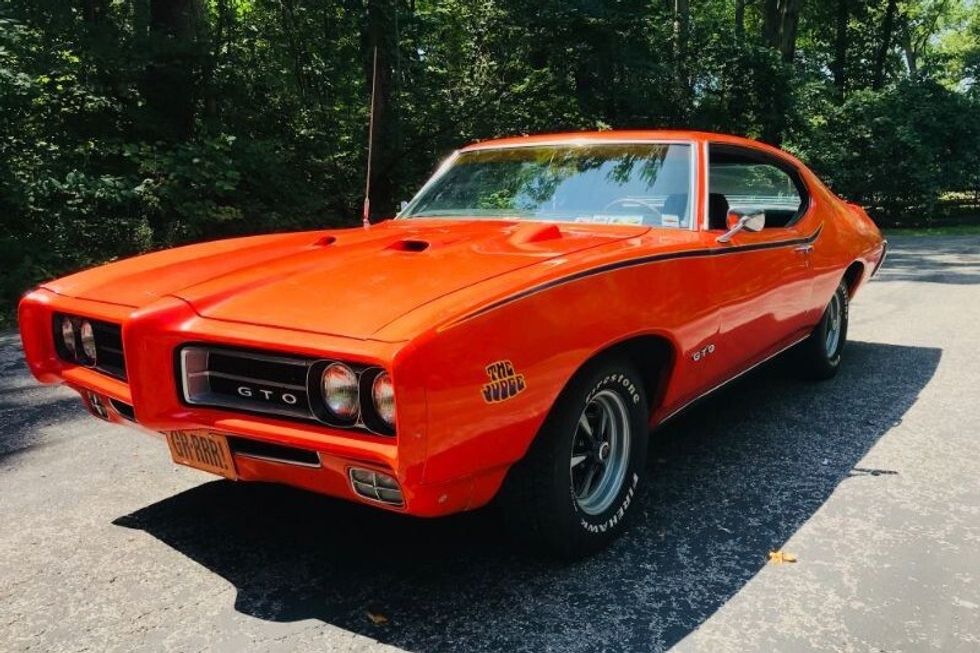
Reserve: $54,000
Selling Price: $52,500
Recent Market Range: $46,000-$62,000
This 1969 Pontiac GTO Judge ticked all the right boxes: matching numbers with photos verification of the partial VIN stamping on the engine block of the original Ram Air III V8, Muncie four-speed manual transmission, PHS documentation, and that classic Carousel Red finish and Judge decals. It looked to be in excellent overall condition, but it also appeared to have been driven and enjoyed some in recent years, with some signs of wear. And the net sale price, achieved via post-auction Make Offer listing, reflected the condition and authenticity of the car. A concours-level example, or one with a rare Ram Air IV engine for example, would likely command a premium over this one.
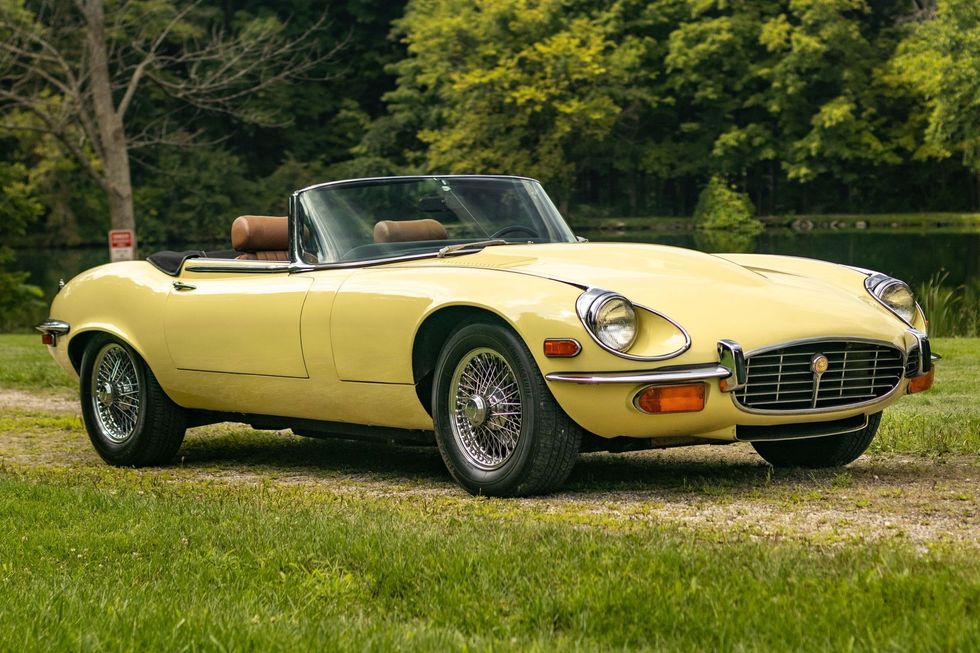
Reserve: $65,000
Selling Price: $69,825
Recent Market Range: $78,000-$115,000
The final iteration of the Jaguar XKE was a bit larger than the original and not as precisely focused on its sporting nature. Rather, with a big V12 under the hood, it was more of a GT car. This 1972 Jaguar E-type Series III Roadster appeared to have some minor wear and tear and signs of road use, but it made up for any shortcomings with what appeared to be an abundance of authenticity. The seller noted that the exterior finish, interior upholstery and engine were all original. Reflecting the low number of owners and the car’s years sitting in a museum, the odometer reading of just over 30,000 miles was also believed accurate. While the net sale price was below market expectations, it was not too far off.
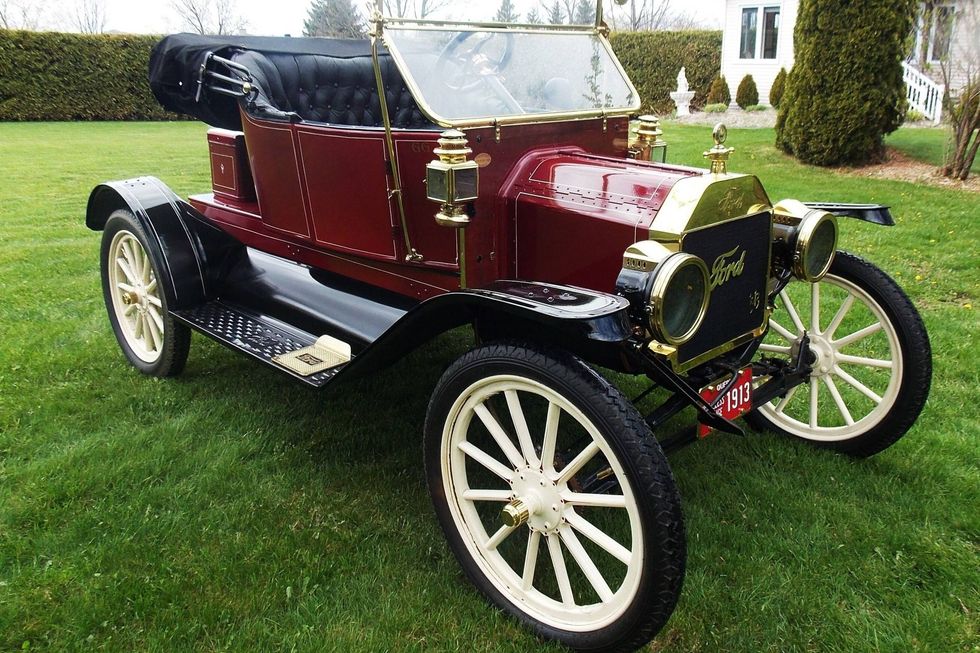
Reserve: $25,00
Selling Price: $26,250
Recent Market Range: $22,000-$36,000
There has never been a shortage of early Fords at Hemmings, dating to the earliest days of our magazine. Like any other vehicle, the most desired examples in the best condition will always attract the bidders. This 1913 Ford Model T Runabout appeared to have been restored to high level and showed only minimal signs of use. It was also equipped with an electric starter. The maroon body, black fenders and white spoke wheels nicely complemented the button-tufted black vinyl seat. The undercarriage appeared to be exceptionally clean, indicating little use for the car that was said to come from a Model T collection. The next sale price was well within the going market rate for an open-top, two-seat, early Model T.